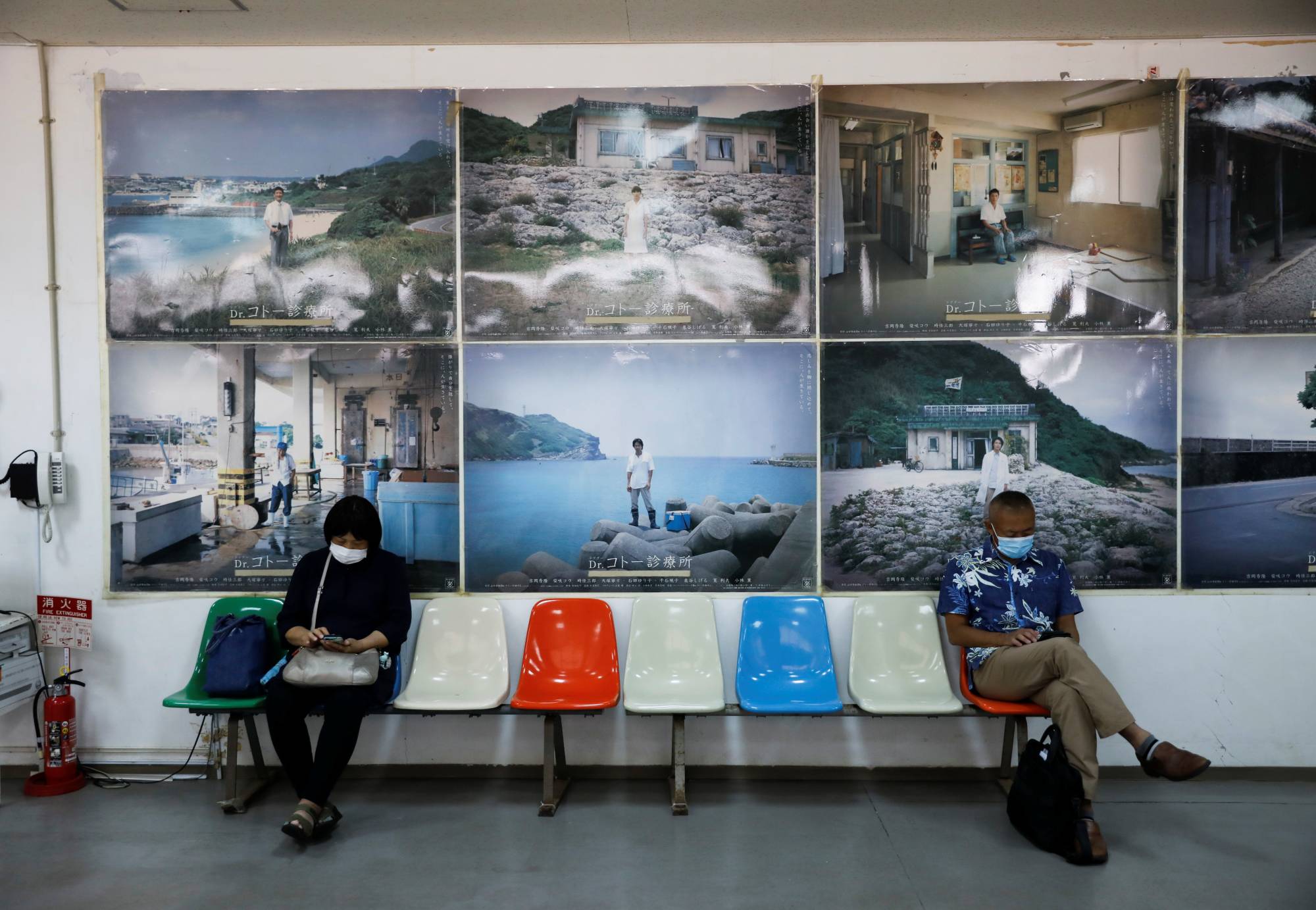A half century after Okinawa was returned to Japan, the prefecture’s economy has benefited from key infrastructure projects funded by the central government designed to encourage local business investment and tourism. But local leaders are pushing for the prefecture to become more economically self-reliant over the next decade, and believe a reduced U.S. military base presence can help achieve this goal.
On Sunday, the 50th anniversary of Okinawa’s reversion to Japanese rule, a broad economic plan for the next decade was presented by the prefecture to Prime Minister Fumio Kishida. The central government is expected to review the plan and respond later this month.
Under the plan, Okinawa aims to raise its gross prefectural product from ¥4.1 trillion in fiscal 2020, which ended in March 2021, to ¥5.7 trillion by fiscal 2031 and reduce the unemployment rate from 3.6% in fiscal 2020 to 2.5% by fiscal 2031.


















With your current subscription plan you can comment on stories. However, before writing your first comment, please create a display name in the Profile section of your subscriber account page.